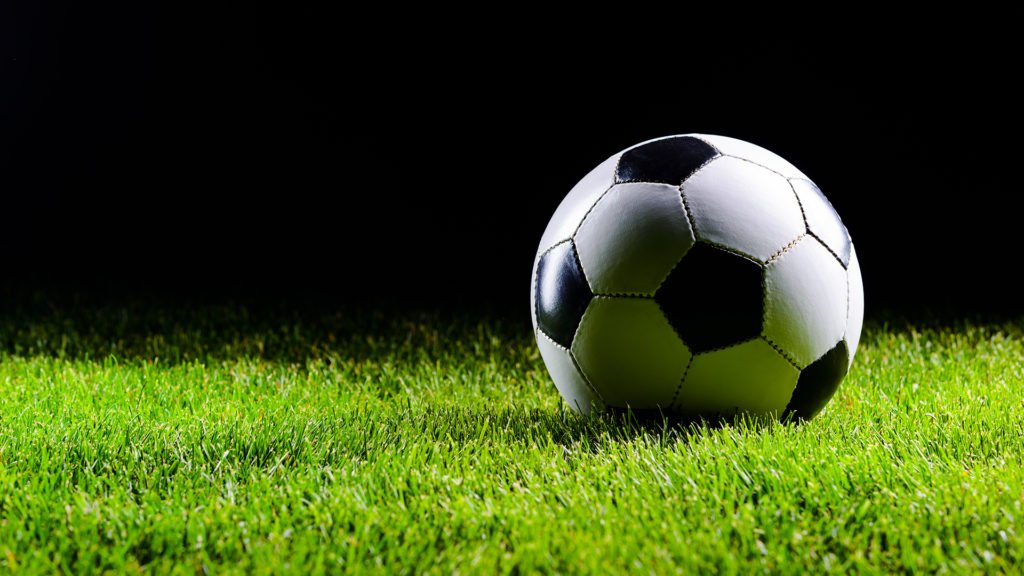Cal Swimming: Two Ex-Cal Men Help U.S. To Silver Medal at World Championships
Share

Ryan Murphy, Nathan Adrian, and the USA barely lose to Great Britain in an interesting 4×100 medley relay. Two former Cal swimmers – Ryan Murphy and Nathan Adrian – have been a part of the United States 4×100 medley relay team that received a silver medal on Sunday, Sunday’s last day of the FINA World Championships in Gwangju, South Korea. Murphy swam the outlet backstroke leg, and Adrian became the anchor inside the freestyle. The American was in the first location while Adrian started his anchor leg, ahead of 2d-area Russia and 1.06 seconds before 0.33-location Great Britain.
Adrian still had the lead when he touched after 50 meters; however, Duncan Scott of Great Britain caught Adrian with approximately 15 meters to head and handed Adrian the ultimate strokes. Scott swam a 46.17 breakup in his freestyle leg to provide the British squad a zero.35-2nd victory over the second one-location Americans, with Russia 0.33, 0.Seventy-one seconds in the back of the winners. According to Reuters, I can’t say I thought I had that cut up in me,” stated Scott. “I am speechless. I’ve been capable of putting that race together.
Those three finished well in advance of the rest of the field.
Also Sunday, Murphy completed fourth within the 50-meter backstroke, zero.02 seconds at the back of the 0.33-region finisher and 0.10 seconds at the back of the winner. OK, swimming in open water is your aim. Where do you start? I will count on those who already understand the way to swim. If not, take some classes, be a YMCA or a master swimming crew, and analyze the crawl stroke/freestyle. You can do a few things inside the pool to prepare for swimming in open water, such as bilateral resp: ration, head lifting, and stroke rate schooling.
First, breathing on both facets or bilateral respiration, is an ought to. (I can pay attention to the groans!!!) Let’s see if you are physically capable. Stand up and twist the top half of your body to the right, after which to leave. Then, flip your head to the right and left. SHAZAM!!! You can learn to breathe on both sides. Why is that vital? Imagine or carry out the following experiment. Find an open area approximately four hundred yards long.
Select a target and attempt to walk instantly towards it EXCEPT close your eyes and turn your head, looking to the right every two steps. Sneak a glance forward to every ten steps. Vision in the water could be even more restrained than this because you could or won’t be able to see forward, relying upon wave conditions, fog for your goggles, or glare from the sun reflecting off the water. This also assumes strict attention upon instantly line swimming – now not imagining that shadows are sharks and weeds are snakes- so you can improve with exercise.
Breathing on each side accomplishes primary goals. It tends to “even out” your stroke, so you will swim straighter. Ha, ha, you already KNOW a way to swim straight. But this is within the pool. Consider the available cues, lane strains at the aspect, and a black line on the bottom to guide your development. Open water is a lot exclusive. In addition to the absence of visual cues in the pool, the water is less warm, there might be some waves, and the ‘pool duration’ may be as long as a mile!
The 2d advantage of bilateral breathing is that it lets you see to the right and left. The usual path traverses down and back alongside the seaside when swimming in the ocean. If you most effectively breathe to 1 side, 1/2 of your race will have NO seen cues in the direction of the shore. Watching the coastline is extremely beneficial for straight swimming inside the ocean. Other blessings encompass being able to breathe far away from oncoming waves or fumes from boats at some stage in escorted swims.
Another skill to exercise within the pool is lifting your head to peer forward while swimming. The simplest manner is to raise your head forward just earlier than taking a breath to the side. I use the forward motion to appear, after which I breathe into the aspect. Breathing head ahead is not suggested because it requires excessive power to raise the head excessively enough for breath and will cause slower swimming. Swim head-up freestyle inside the pool and spot how hard it is compared to head-down swimming.















